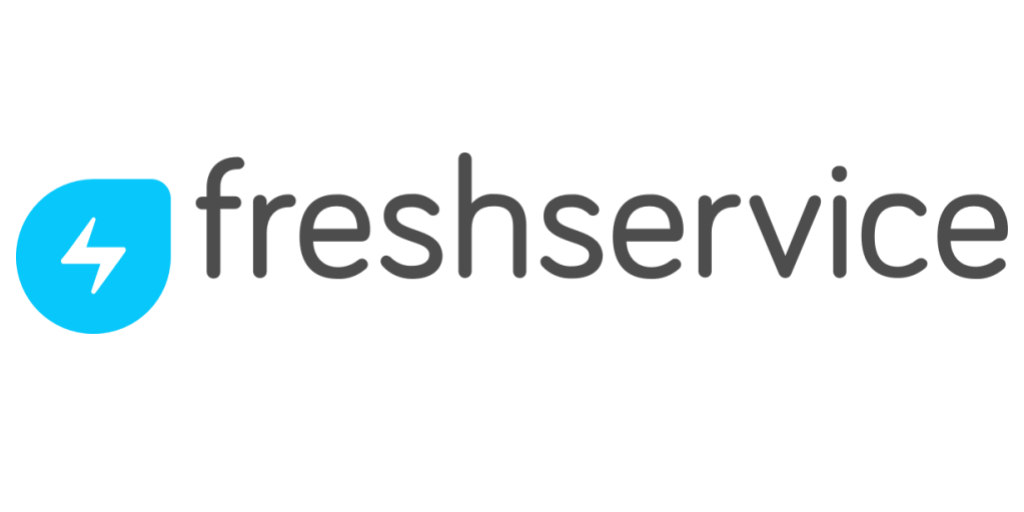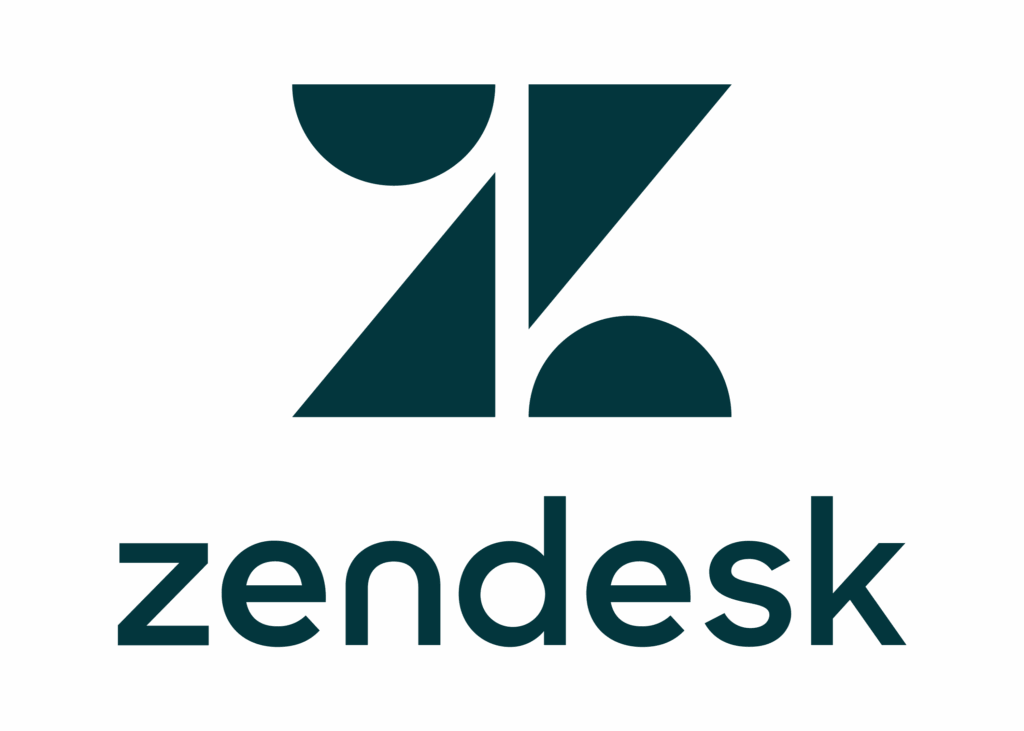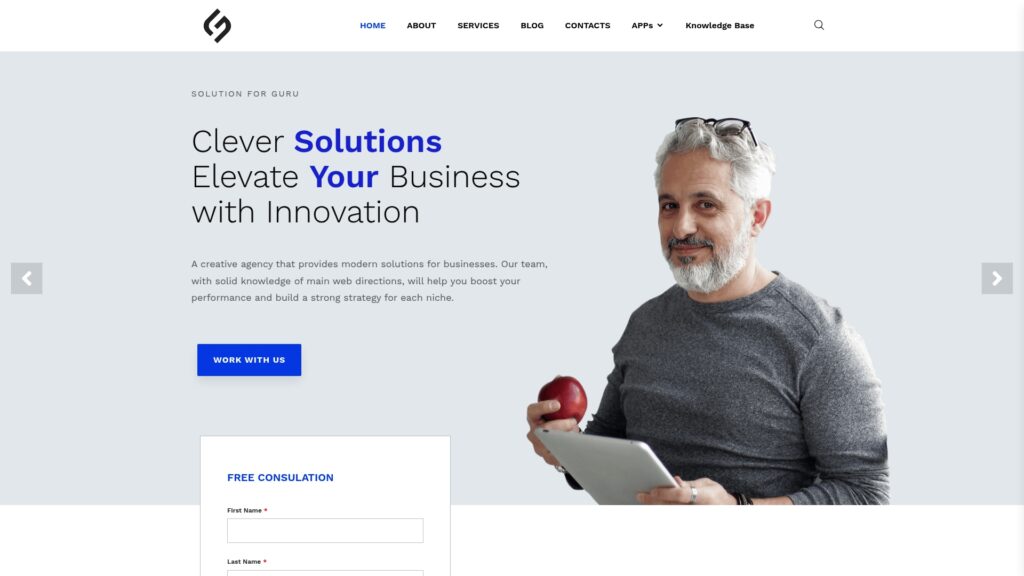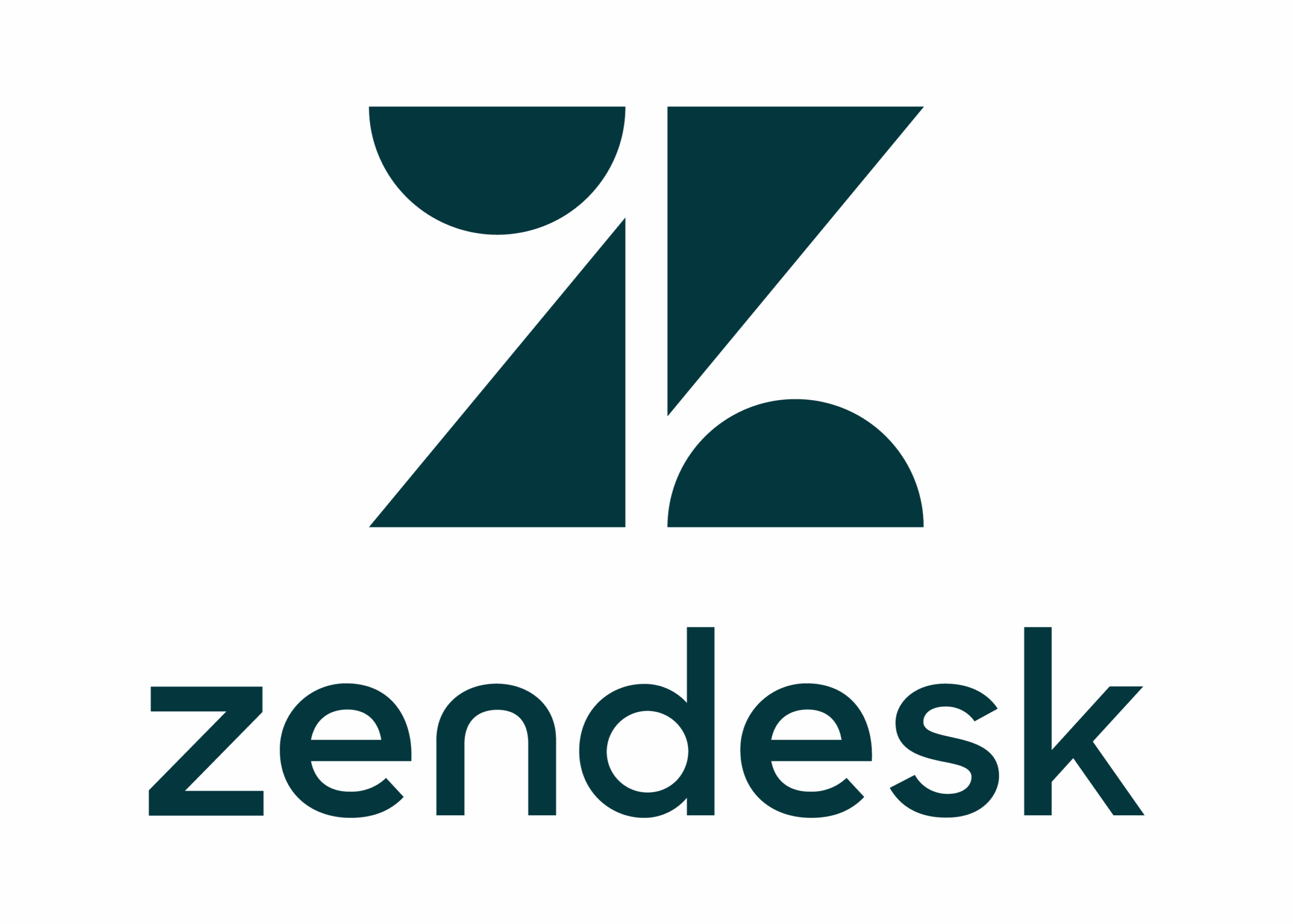What Are the ITSM Best Practices Every IT Team Should Follow?

In today’s rapidly evolving digital landscape, IT Service Management (ITSM) has become the backbone of successful organizations. As businesses increasingly rely on technology to drive operations, deliver services, and maintain competitive advantages, implementing robust ITSM practices is no longer optional – it’s essential. However, many IT teams struggle to establish effective frameworks that balance efficiency, user satisfaction, and continuous improvement.
This comprehensive guide explores the critical ITSM best practices that can transform your IT operations from reactive firefighting to proactive service excellence. Whether you’re managing a small team or overseeing enterprise-level IT services, these proven strategies will help you optimize workflows, enhance service delivery, and ultimately create more value for your organization.
Table of Contents
- Quick Summary
- What Is an IT Team and Why Are ITSM Best Practices Essential?
- How Can Leading ITSM Software Support Your Best Practices?
- How Should IT Teams Implement Incident and Problem Management?
- How Can Knowledge Management Transform Your IT Operations?
- What Role Does Automation Play in Modern ITSM?
- What Are the Best Practices for Building an ITSM Culture?
- Summing up
- Frequently Asked Questions
- Why Partner with Solution for Guru for Your ITSM Journey?
Quick Summary
This article provides a comprehensive overview of ITSM best practices designed to help IT teams deliver exceptional service while maintaining operational efficiency. Key takeaways include the importance of establishing clear service level agreements, implementing robust incident and problem management processes, embracing automation, and fostering a culture of continuous improvement. Furthermore, we explore how leading ITSM platforms like Freshservice, ManageEngine, and Zendesk can support these initiatives with powerful tools and features. Additionally, we discuss the critical role of knowledge management, change control, and performance measurement in creating sustainable IT service excellence. By following these best practices and partnering with experienced providers like Solution for Guru, organizations can significantly enhance their IT service delivery capabilities.
What Is an IT Team and Why Are ITSM Best Practices Essential?
An IT team represents the collective group of professionals responsible for managing, maintaining, and optimizing an organization’s technology infrastructure and services. These teams typically include system administrators, network engineers, helpdesk specialists, security professionals, and IT managers who work collaboratively to ensure technology supports business objectives effectively.
ITSM, or IT Service Management, encompasses the policies, processes, and procedures that IT teams use to design, deliver, support, and improve technology services for end users. Essentially, ITSM provides the framework that transforms IT departments from mere technical support centers into strategic service providers that drive business value.
The importance of ITSM best practices cannot be overstated in today’s business environment. Organizations face increasing pressure to deliver reliable, secure, and efficient IT services while managing costs and adapting to rapid technological change. Without established best practices, IT teams often find themselves trapped in reactive cycles of crisis management, leading to burnout, poor service quality, and missed opportunities for innovation.
Moreover, ITSM best practices provide several critical benefits. They establish standardized processes that improve consistency and predictability in service delivery. They create clear accountability structures that help teams understand their roles and responsibilities. Best practices enable better resource allocation by identifying priorities and eliminating inefficiencies. They enhance user satisfaction by setting clear expectations and delivering reliable services. They support compliance efforts by documenting processes and maintaining audit trails.
Consequently, organizations that implement ITSM best practices consistently report higher service availability, faster incident resolution times, reduced operational costs, and improved alignment between IT and business objectives. These practices form the foundation for IT teams to evolve from cost centers into strategic partners that enable business growth and innovation.
How Can Leading ITSM Software Support Your Best Practices?
Implementing ITSM best practices requires the right technological foundation. While processes and people remain paramount, modern ITSM software platforms provide the tools necessary to operationalize these practices effectively. Three leading solutions – Freshservice, ManageEngine, and Zendesk – offer comprehensive capabilities that support diverse ITSM requirements.
Freshservice: Streamlined ITSM for Modern Teams

Freshservice stands out as an intuitive, cloud-based ITSM solution designed specifically for teams seeking to implement best practices without excessive complexity. This platform excels at democratizing ITSM by making enterprise-grade capabilities accessible to organizations of all sizes.
The platform’s strength lies in its user-friendly interface combined with powerful automation capabilities. Freshservice supports core ITSM practices including incident management, problem management, change management, and asset management through a unified platform. Its AI-powered chatbot, Freddy, enables self-service capabilities that align perfectly with best practices around knowledge management and user empowerment.
Furthermore, Freshservice’s workflow automation features allow IT teams to standardize processes and eliminate manual tasks, directly supporting best practices around efficiency and consistency. The platform’s reporting and analytics capabilities provide visibility into service performance, enabling continuous improvement—a cornerstone of effective ITSM. Additionally, its integration ecosystem allows teams to connect ITSM processes with other business systems, creating seamless workflows that enhance service delivery.
ManageEngine: Comprehensive ITSM for Enterprise Needs

ManageEngine ServiceDesk Plus represents a comprehensive ITSM solution particularly well-suited for organizations requiring extensive customization and enterprise-scale capabilities. This platform provides deep functionality across all major ITSM domains, making it ideal for teams implementing mature, sophisticated service management frameworks.
The solution excels in its breadth of features, supporting not only core ITSM processes but also advanced capabilities like project management, contract management, and purchase order management. This comprehensive approach aligns with best practices that emphasize integrated service management rather than siloed operations. ManageEngine’s robust asset management capabilities support best practices around configuration management and change impact analysis by maintaining detailed infrastructure information.
Moreover, ManageEngine offers exceptional flexibility through customization options, allowing organizations to tailor the platform to their specific process requirements. The platform’s automation engine supports best practices by streamlining routine tasks and enforcing process compliance. Its analytics and reporting capabilities provide granular insights that enable data-driven decision-making and continuous improvement initiatives.
Zendesk: Customer-Centric Service Management

Zendesk has evolved from its customer service roots to offer comprehensive ITSM capabilities through Zendesk for Service. This platform brings a unique perspective to ITSM by emphasizing user experience and omnichannel support, aligning perfectly with best practices that prioritize end-user satisfaction.
The platform’s greatest strength lies in its ability to provide consistent, high-quality support experiences across multiple channels including email, chat, phone, and self-service portals. This multichannel approach supports best practices around accessibility and user empowerment. Zendesk’s ticket management system provides robust incident tracking capabilities while maintaining simplicity for end users.
Additionally, Zendesk’s knowledge base functionality enables best practices around self-service and knowledge management, empowering users to resolve common issues independently. The platform’s workflow automation and AI capabilities support efficiency best practices by routing requests appropriately and suggesting solutions proactively. Its reporting and analytics features provide insights into service performance, supporting continuous improvement initiatives.
Platform Comparison and ITSM Best Practices Implementation
To illustrate how leading ITSM platforms support the best practices discussed throughout this article, the following table compares Freshservice, ManageEngine, and Zendesk across critical ITSM capabilities
How Should IT Teams Implement Incident and Problem Management?
Incident and problem management represent two closely related but distinct ITSM disciplines. Implementing best practices in both areas is essential for maintaining service quality while addressing root causes of recurring issues.
Distinguish Between Incidents and Problems
A common pitfall in ITSM involves conflating incidents and problems, leading to ineffective resolution strategies. An incident represents any unplanned interruption or reduction in quality of an IT service. Conversely, a problem represents the underlying cause of one or more incidents. Understanding this distinction is fundamental to implementing effective management practices.
Best practices dictate that incident management focuses on restoring normal service as quickly as possible, even if the solution involves temporary workarounds. Problem management, meanwhile, investigates root causes and implements permanent solutions to prevent recurrence. This separation allows teams to balance immediate service restoration with long-term stability improvements.
Establish Clear Incident Management Workflows
Effective incident management requires well-defined workflows that guide requests from initial reporting through resolution and closure. These workflows should include clear steps for logging, categorization, prioritization, investigation, resolution, and closure. Freshservice, ManageEngine, and Zendesk all provide workflow automation features that enforce these processes consistently.
Best practices recommend implementing incident categorization schemes that reflect business impact and urgency. Priority should be assigned based on a matrix considering both factors, ensuring critical incidents receive immediate attention while minor issues are handled appropriately. Additionally, escalation procedures should be defined to ensure incidents progress when resolution timelines are at risk.
Implement Major Incident Management Procedures
Major incidents – those causing significant business disruption—require special handling procedures. Best practices suggest establishing a dedicated major incident management process that activates when predefined criteria are met. This process typically involves forming a dedicated response team, establishing a communication bridge, providing regular stakeholder updates, and conducting post-incident reviews.
The major incident process should prioritize rapid communication and coordination over standard procedures. Temporary workarounds are acceptable to restore service quickly, with root cause analysis and permanent fixes addressed subsequently through problem management.
Conduct Proactive Problem Management
Reactive problem management investigates the causes of incidents after they occur. However, proactive problem management represents a more mature approach that identifies potential problems before they cause incidents. This practice involves analyzing incident trends, reviewing known errors, examining infrastructure changes, and identifying systemic weaknesses.
Best practices recommend dedicating resources specifically to proactive problem management rather than treating it as an afterthought. ManageEngine‘s analytics capabilities support this practice by identifying patterns and trends that indicate underlying problems requiring investigation.
Maintain a Known Error Database
When problems are identified but permanent solutions are not yet available, documenting these as known errors provides valuable information for incident management teams. A known error database (KEDB) contains information about identified problems, their symptoms, and available workarounds. This resource enables faster incident resolution by providing immediate access to temporary solutions.
Platforms like Freshservice integrate known error databases with knowledge management systems, making this information easily accessible to support staff and users alike.
How Can Knowledge Management Transform Your IT Operations?

Knowledge management represents one of the most powerful yet frequently underutilized ITSM capabilities. Effective knowledge management practices transform institutional knowledge from scattered tribal wisdom into organized, accessible resources that enhance service delivery.
Build a Comprehensive Knowledge Base
A well-maintained knowledge base serves as the central repository for all IT service information. This resource should contain solutions to common problems, answers to frequently asked questions, how-to guides, troubleshooting procedures, and service information. Best practices recommend organizing content in intuitive categories and ensuring search functionality enables quick discovery.
Zendesk’s knowledge base capabilities are particularly strong, providing user-friendly authoring tools and sophisticated search features. However, all three platforms – Freshservice, ManageEngine, and Zendesk – offer robust knowledge management functionality that supports this critical best practice.
Integrate Knowledge Management with Incident Resolution
Knowledge management delivers maximum value when integrated seamlessly into incident resolution workflows. Best practices suggest that support staff should have immediate access to relevant knowledge articles while working on incidents. Moreover, agents should be prompted to create or update knowledge articles when resolving novel issues or discovering new solutions.
This integration creates a virtuous cycle where incident resolution continuously enriches the knowledge base, which in turn accelerates future incident resolution. Freshservice’s AI-powered suggestion engine exemplifies this best practice by automatically recommending relevant articles to both agents and users.
Empower Users with Self-Service Knowledge
Self-service capabilities represent one of the highest-value applications of knowledge management. When users can resolve common issues independently by accessing knowledge articles, IT teams can focus on complex problems requiring specialized expertise. Best practices emphasize making knowledge bases easily accessible, searchable, and mobile-friendly.
Additionally, self-service portals should provide intuitive navigation that guides users to relevant information without requiring technical expertise. Feedback mechanisms allow users to rate article helpfulness, providing valuable input for continuous improvement.
Establish Knowledge Article Standards and Governance
Without standards and governance, knowledge bases quickly become disorganized and unreliable. Best practices require establishing content standards covering article structure, writing style, technical accuracy, and review processes. Designated knowledge managers should oversee the knowledge base, ensuring content remains current and high-quality.
Regular reviews should identify outdated articles requiring updates or retirement. ManageEngine‘s workflow capabilities support this practice by routing articles through approval processes and triggering reviews based on age or usage patterns.
Leverage Analytics to Optimize Knowledge Content
Knowledge management analytics provide insights into which articles are most valuable and which gaps exist in coverage. Best practices recommend regularly reviewing metrics such as article views, user ratings, search terms without results, and correlation between article access and incident deflection.
These insights guide content development priorities, ensuring knowledge management efforts focus on areas delivering maximum value. All three platforms provide analytics capabilities supporting data-driven knowledge management strategies.
What Role Does Automation Play in Modern ITSM?
Automation has evolved from a nice-to-have feature to an essential component of effective ITSM. When implemented thoughtfully, automation enhances efficiency, consistency, and service quality while allowing IT professionals to focus on higher-value activities.
Automate Routine Tasks and Workflows
Many IT tasks are repetitive, rule-based activities that are perfect candidates for automation. These include ticket routing, assignment based on skills or availability, priority calculation, escalation notifications, status updates, and approval routing. Automating these routine tasks reduces manual effort, eliminates inconsistencies, and accelerates process execution.
Freshservice, ManageEngine, and Zendesk all offer powerful workflow automation engines that enable IT teams to codify business rules and automate process steps. Best practices recommend starting with high-volume, well-defined processes and gradually expanding automation as teams gain experience.
Implement Intelligent Ticket Classification and Routing
Modern ITSM platforms increasingly incorporate artificial intelligence and machine learning to automatically classify and route tickets. These capabilities analyze ticket content, identify patterns, and make intelligent decisions about categorization, priority, and assignment. This automation ensures tickets reach the right teams immediately without manual intervention.
Freshservice’s Freddy AI exemplifies this best practice, using natural language processing to understand ticket content and apply appropriate classifications. This capability not only improves efficiency but also reduces the likelihood of routing errors that delay resolution.
Enable Automated Approvals for Standard Requests
Many service requests follow predictable patterns requiring routine approvals. Automation can streamline these processes by implementing rule-based approval logic. For example, software license requests below certain cost thresholds might be automatically approved for authorized requesters, while higher-value requests route through management approval workflows.
Best practices emphasize that automated approvals should include appropriate controls and audit trails to maintain accountability. ManageEngine‘s comprehensive approval workflow capabilities support complex approval scenarios while maintaining necessary governance.
Deploy Chatbots for First-Level Support
AI-powered chatbots provide 24/7 initial support by answering common questions, gathering information about issues, and even resolving simple requests automatically. These virtual agents handle routine inquiries, allowing human agents to focus on complex problems requiring judgment and creativity.
Effective chatbot implementation requires high-quality knowledge bases and natural language processing capabilities. Zendesk and Freshservice both offer sophisticated chatbot functionality that integrates with knowledge management and ticketing systems. Best practices recommend starting with limited, well-defined use cases and expanding capabilities based on success and user feedback.
Automate Monitoring and Alerting
Proactive monitoring with automated alerting enables IT teams to identify and address issues before they impact users. Integration between monitoring tools and ITSM platforms allows automatic incident creation when predefined thresholds are exceeded. This automation accelerates response times and supports proactive service management.
Best practices emphasize the importance of tuning alert thresholds to avoid alert fatigue from excessive false positives. Additionally, automated alerts should contain sufficient context to enable efficient investigation and resolution.
What Are the Best Practices for Building an ITSM Culture?

Technology and processes represent only part of successful ITSM implementation. Organizational culture significantly influences whether best practices are embraced or resisted. Building a positive ITSM culture requires intentional effort and ongoing attention.
Secure Executive Sponsorship and Support
ITSM initiatives require resources, organizational changes, and sustained commitment. Without executive sponsorship, these efforts often stall when competing priorities arise. Best practices emphasize securing visible, active support from senior leadership who can champion ITSM initiatives, allocate necessary resources, and reinforce the importance of service management excellence.
Executive sponsors should regularly communicate about ITSM importance, participate in governance activities, and recognize teams and individuals who exemplify ITSM principles. This visible support signals organizational commitment and legitimizes ITSM practices.
Invest in Training and Professional Development
ITSM capabilities depend fundamentally on team competencies. Consequently, organizations should invest in comprehensive training covering ITSM principles, platform capabilities, and specific process responsibilities. This training should be ongoing rather than one-time events, reflecting the evolution of ITSM practices and technologies.
Professional development opportunities, including certifications like ITIL Foundation or platform-specific credentials for Freshservice, ManageEngine, or Zendesk, demonstrate organizational commitment to staff growth. These investments improve capabilities while enhancing engagement and retention.
Foster Collaboration Between IT and Business Units
ITSM succeeds when IT functions as a strategic partner rather than an isolated technical department. Best practices emphasize breaking down silos and fostering collaboration between IT teams and business units. This collaboration ensures IT services align with business needs and that business stakeholders understand IT capabilities and constraints.
Regular business relationship management activities, joint planning sessions, and embedded IT resources within business units support this collaborative approach. Platforms like ManageEngine facilitate this collaboration through shared visibility into service requests and project initiatives.
Recognize and Reward ITSM Excellence
Behavioral change requires reinforcement. Organizations should recognize and reward individuals and teams who exemplify ITSM best practices, deliver exceptional service, or contribute to process improvements. Recognition can take various forms, including public acknowledgment, performance bonuses, career advancement opportunities, or professional development resources.
Best practices suggest that recognition should be timely, specific, and tied directly to desired behaviors. This approach reinforces the importance of ITSM principles and encourages continued excellence.
Communicate Transparently About Service Performance
Transparency builds trust and accountability. Organizations should regularly communicate about service performance, including both successes and challenges. This communication should reach all stakeholders, including IT staff, business users, and executive leadership, with messaging tailored to each audience’s interests and needs.
Dashboards, reports, newsletters, and town hall meetings provide various channels for this communication. Freshservice, ManageEngine, and Zendesk all offer capabilities for creating and distributing performance reports and dashboards that support transparent communication.
Summing up
Implementing ITSM best practices represents a journey rather than a destination. Organizations that embrace these practices experience significant benefits including improved service quality, increased operational efficiency, better alignment between IT and business objectives, enhanced user satisfaction, and reduced costs. However, success requires commitment, discipline, and continuous attention to both technical and cultural factors.
The core best practices discussed throughout this article – establishing clear SLAs, implementing robust incident and problem management, managing changes carefully, leveraging knowledge management, embracing automation, measuring performance, and building supportive cultures – provide a comprehensive framework for ITSM excellence. Nevertheless, these practices should be adapted to each organization’s specific context, maturity level, and business requirements rather than applied rigidly.
Modern ITSM platforms like Freshservice, ManageEngine, and Zendesk provide powerful technological foundations that enable these best practices. Freshservice offers intuitive, AI-powered capabilities ideal for organizations seeking modern, accessible ITSM solutions. ManageEngine delivers comprehensive functionality suited for enterprises requiring deep customization and extensive features. Zendesk brings customer-centric design philosophy and omnichannel capabilities that prioritize user experience. Selecting the right platform depends on organizational needs, technical requirements, and strategic priorities.
Whether you’re beginning your ITSM journey or seeking to optimize existing practices, the investment in ITSM excellence pays dividends through improved service delivery, operational efficiency, and business value. By following the best practices outlined in this article and leveraging appropriate tools and expertise, your IT team can transform from a reactive support function into a proactive strategic partner that enables organizational success.
Frequently Asked Questions
ITIL (Information Technology Infrastructure Library) represents a specific framework providing detailed guidance for IT service management. ITSM, conversely, refers to the broader discipline of managing IT services. Essentially, ITIL is one approach to implementing ITSM, though other frameworks exist. ITSM best practices can draw from ITIL, but they also incorporate principles from other methodologies, industry experience, and organizational context. While ITIL provides comprehensive, prescriptive guidance, ITSM best practices offer flexibility to adapt approaches based on specific organizational needs. Organizations can implement ITSM best practices without strictly following ITIL, though many choose to use ITIL as a foundational framework. Platforms like Freshservice, ManageEngine, and Zendesk support both ITIL-aligned and customized ITSM approaches.
ITSM best practices deliver value for IT teams of all sizes, though implementation approaches differ based on scale and complexity. Small teams actually benefit significantly from ITSM practices because they typically face resource constraints requiring maximum efficiency. Implementing basic practices like incident categorization, knowledge management, and simple automation can dramatically improve small team productivity. The key is scaling practices appropriately rather than attempting to implement enterprise-level complexity. Solutions like Freshservice specifically target small to mid-sized teams with intuitive, accessible ITSM capabilities that don’t require extensive administrative overhead. Small teams should focus on foundational practices delivering immediate value and gradually expand capabilities as maturity increases. Moreover, establishing good ITSM habits early creates scalable foundations supporting future growth rather than requiring complete process redesigns as organizations expand.
Why Partner with Solution for Guru for Your ITSM Journey?
Implementing ITSM best practices represents a significant organizational undertaking that requires expertise, experience, and strategic guidance. While many organizations attempt to navigate this journey independently, partnering with specialized consultants like Solution for Guru (https://www.solution4guru.com/) can dramatically accelerate success while avoiding costly mistakes.
Solution for Guru (https://www.solution4guru.com/) specializes in helping organizations of all sizes design, implement, and optimize ITSM frameworks using leading platforms including Freshservice, ManageEngine, and Zendesk.
Their expert consultants bring deep ITSM knowledge combined with practical implementation experience to accelerate your journey toward service management excellence. Whether you’re implementing ITSM for the first time, migrating from legacy systems, or optimizing existing capabilities, Solution for Guru provides the expertise, methodologies, and ongoing support necessary for sustainable success.
Contact Solution for Guru today to discuss how their services can help your organization realize the full potential of ITSM best practices and transform your IT team into a strategic business enabler.

Recommended:
- ITSM Change Management
- ITSM Integration: Streamlining IT Service Management for Modern Enterprises
- ITSM Problem Management
- What Are ITSM Ticketing Tools?
- ITSM Jobs: Your Guide to a Thriving Career in IT Service Management
- Why are ITSM Best Practices essential?
- What is an IT Management Service Provider?
- Comprehensive Guide to ITSM Tools: Features, Benefits, and Top Solutions
- What is IT Service Management (ITSM)?




